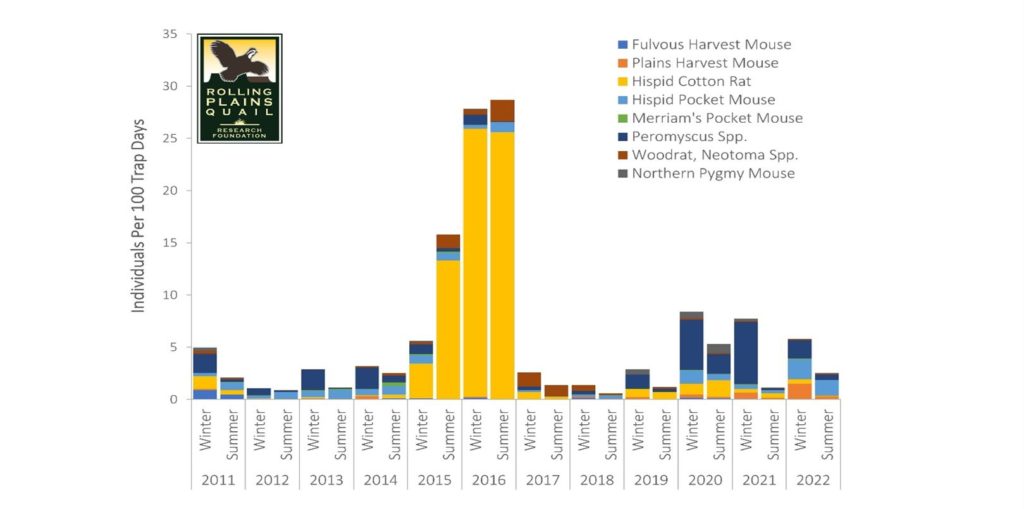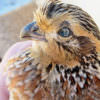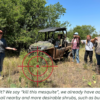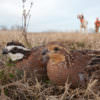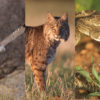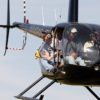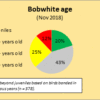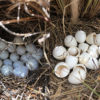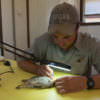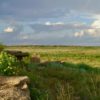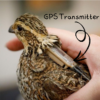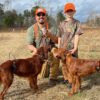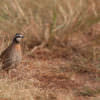
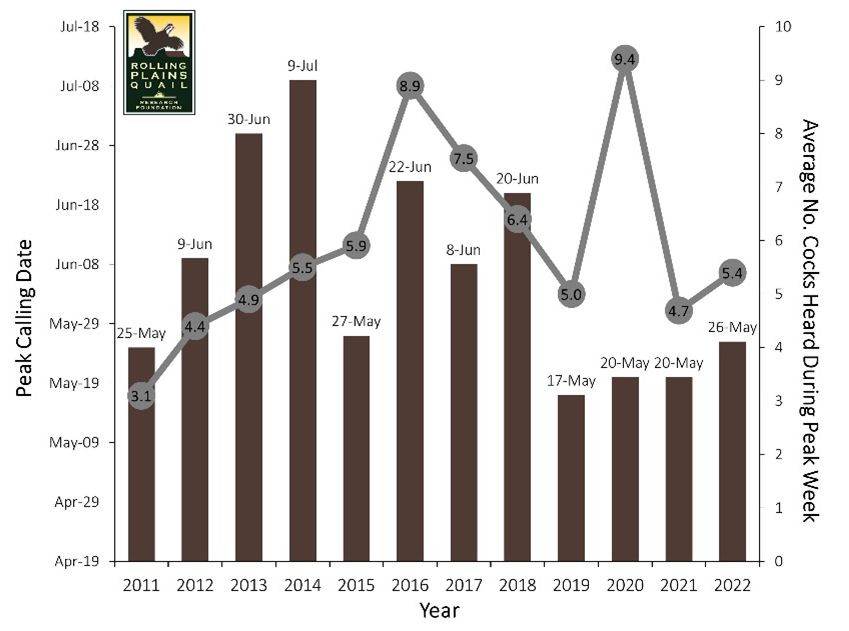 The results are in—technicians at RQPRR completed cock call counts last month which indicated trends similar to the last 3 years. This comes to no surprise with the hot and dry conditions. Peak calling occurred during late May (bars in figure) and soon trailed off. The average number of males heard singing during the week of 26 May was 5.4. Peak calling dates across years are depicted by the line graph.
The results are in—technicians at RQPRR completed cock call counts last month which indicated trends similar to the last 3 years. This comes to no surprise with the hot and dry conditions. Peak calling occurred during late May (bars in figure) and soon trailed off. The average number of males heard singing during the week of 26 May was 5.4. Peak calling dates across years are depicted by the line graph.
Our research crew has also been hard at it, tracking birds and documenting nesting activity. Survival of adult bobwhite has been “good” at 52% for the first 6 months of the year. Though we can’t be sure (no reference sites to compare), we attribute decent survival during this drought to the amount of standing cover (e.g., grass) we conservatively left on the ground through grazing and prescribed fire deferment. Multiple patches scheduled to be burned earlier this year were put on hold given our dry winter conditions and spring forecast.
To date, we’ve documented 0.74 nests per hen and 61% nest success, which is good for this time of the year. However, it is likely that the nesting season has come to a screeching halt in the Rolling Plains. The most recent nest found at RPQRR was on July 9th. This equates to a nesting season length of 54 days from the first nest found to what appears to be the last for 2022. This is comparable to 2013. The average length of nesting season over the last 12 years at RPQRR has been 76 days. The shortest nesting season observed was 44 days in 2018 (crash year at RQPRR) and the longest was last year (115 days) and coincided with our highest autumn age ratio ever recorded (9.1 juveniles per adult). Comparatively, the length of nesting season in the Rolling Plains is markedly shorter compared to regions like South Texas, the Red Hills, or Greater Albany area (the last two locations in southwestern GA and northern FL) which often maintain milder temperatures with sustained rainfall later into the year. Ideally, we would like to see hens continue nesting through August and into September in the Rolling Plains.
Lastly, our team worked diligently to complete our biannual, small mammal trapping session last month. Not surprisingly, we documented a decrease in small mammal numbers from January to June this year. The rodent we’re notably missing (since 2016) is the hispid cotton rat; when will they make a comeback? Their abundance has (historically) been a good corollary to bobwhite abundance at RPQRR.
In January we began broadcast feeding half of the pastures at RPQRR as part of a study to evaluate changes in quail habitat use, survival, reproduction, and small mammal numbers. Analyses are pending and we hope to complete this study within the next 2-3 years.
